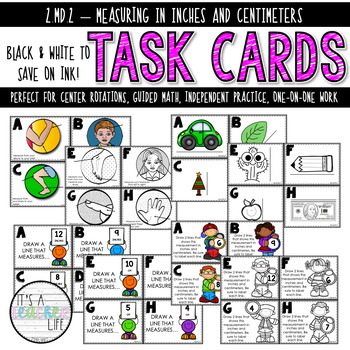How to measure things using your own body as a ruler step 1. Cubit from latin cubitum the elbow a cubit was a measurement based on the forearm from elbow to fingertip.

The Measurement Elf To Teach Kids Measurement Using Inches
Measurement using body parts inches. It does not include derived units further unless they are also themselves human based. Thumb width mesouret at the rut of the nayll 25 cm 1 in. Its about finger width nail historically also names some longer units 15 cm 58 in. This is a list of units of measure based on human body parts or the attributes or abilities of humans. From nose to finger tip. Long before the thumb would be used to measure almost everything.
The distance between your nose. English possesses several measurement words that derive from body parts. Your forearm is about 15 feet 46 centimeters. The width of your palm is about 4 inches 10 centimeters. Your forearm from elbow to fingertip. Using your body to estimate length your hand.
The exact length varied according to whose arm was being used and could be from 18 to 22 inches. Fingertip to middle of second joint. Use the middle segment of your pointer finger to measure smaller objects which you would normally measure in. Finger width digitus 2 cm 34 in nail width of thumbs nail. These units are thus considered to be human scale and anthropocentric. Cubits were a standard unit of length in sumeria egypt and other parts of the middle east long before anyone dreamed of an arbitrary decimal based measuring system.
Span your arms across longer objects and count how many times you can span the object with your arms. For an average adult male at least average as of a couple of millennia ago a cubit works out to about 18 inches 457cm. An average foot is about 12 inches long. My personal calibration yours will differ. Measurement of objects using body parts the handful the thumb measures 1 inch which is now the basis of measurement. Example carpenters use their thumb to measure small insignificant measurements.

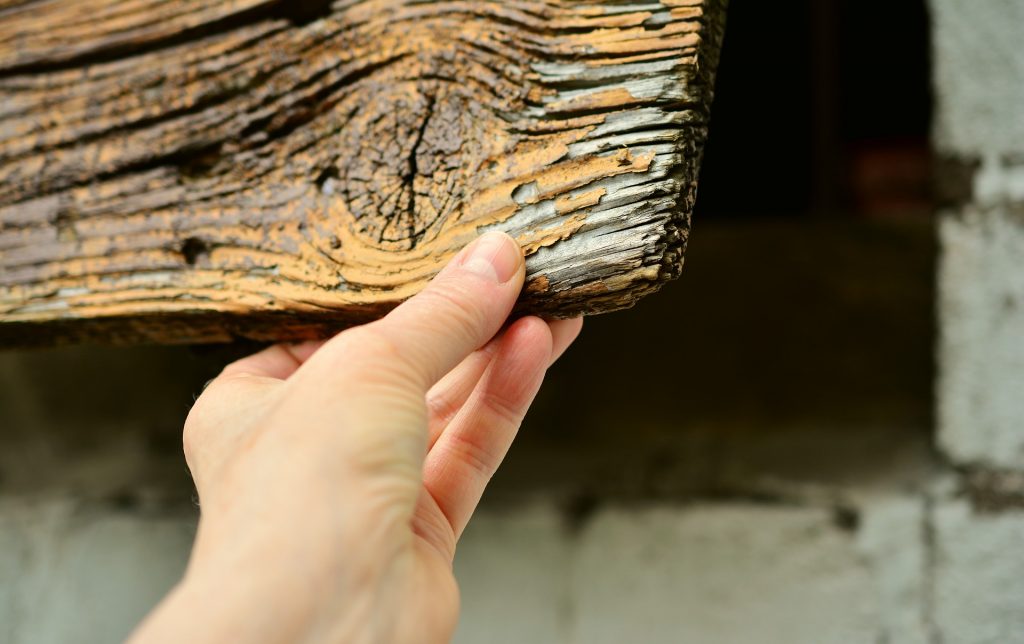





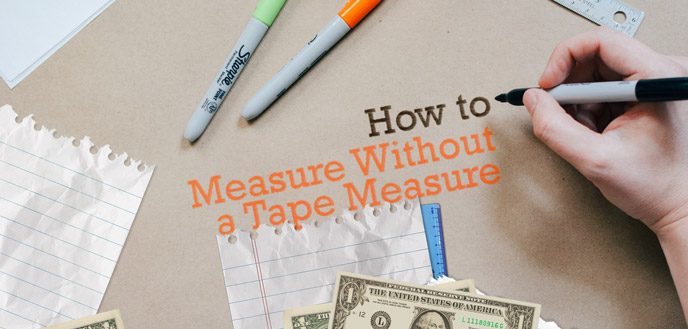

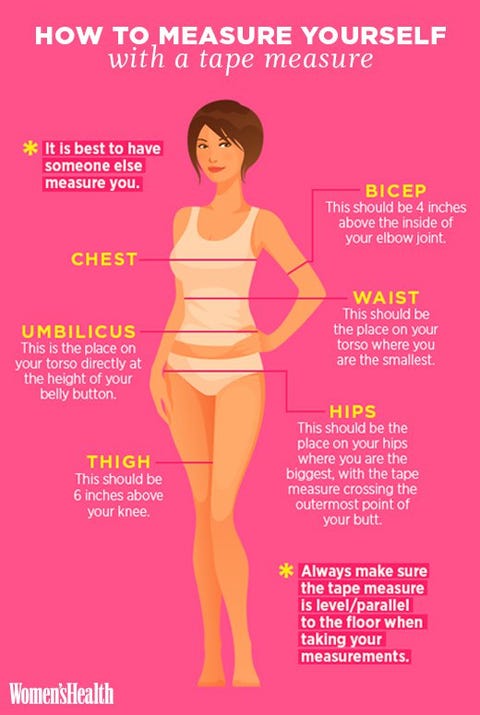

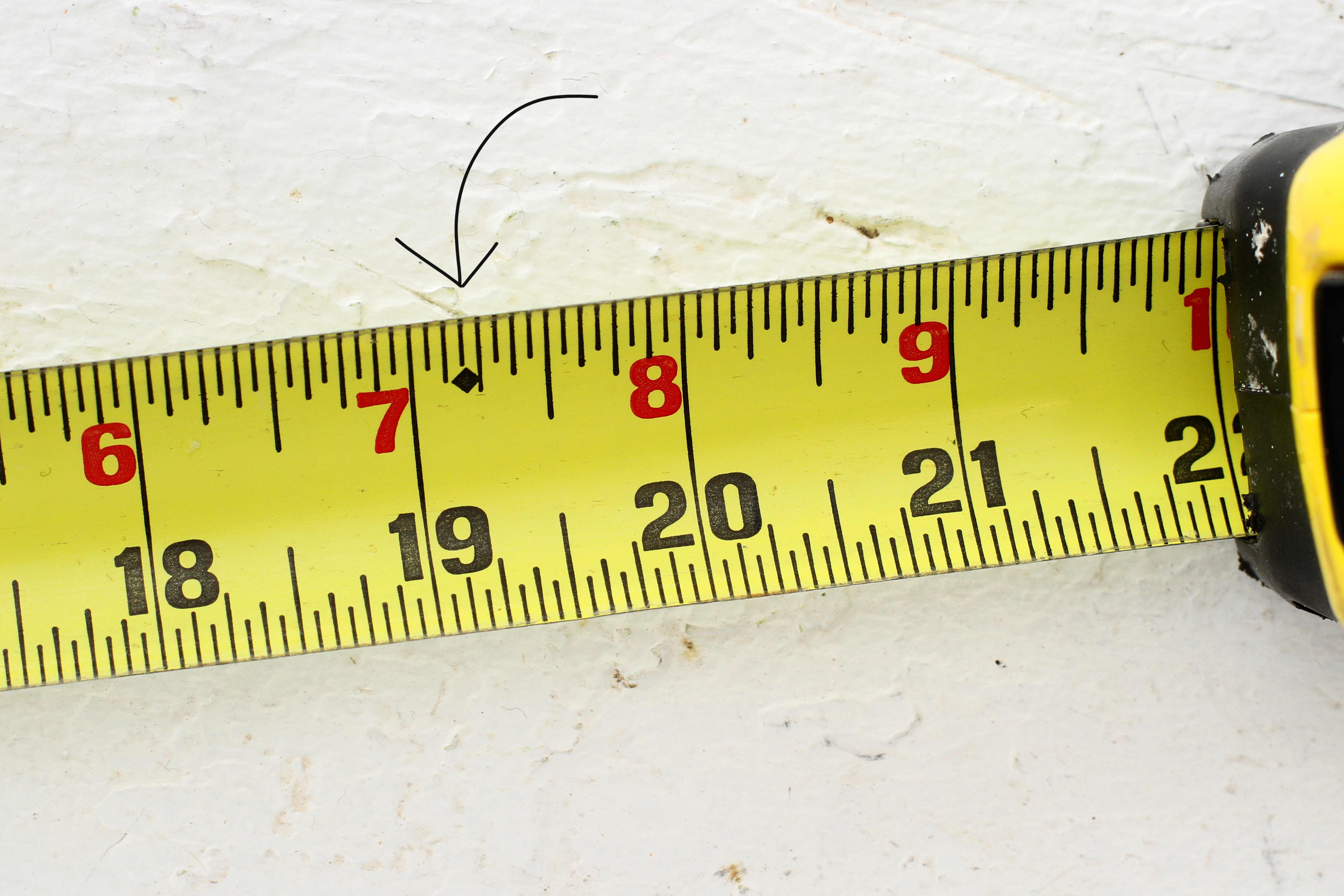
/ways-to-measure-without-ruler-2366642_V4-0fc22fc12c314e3ab4dcf1d5598bf7ac.png)





